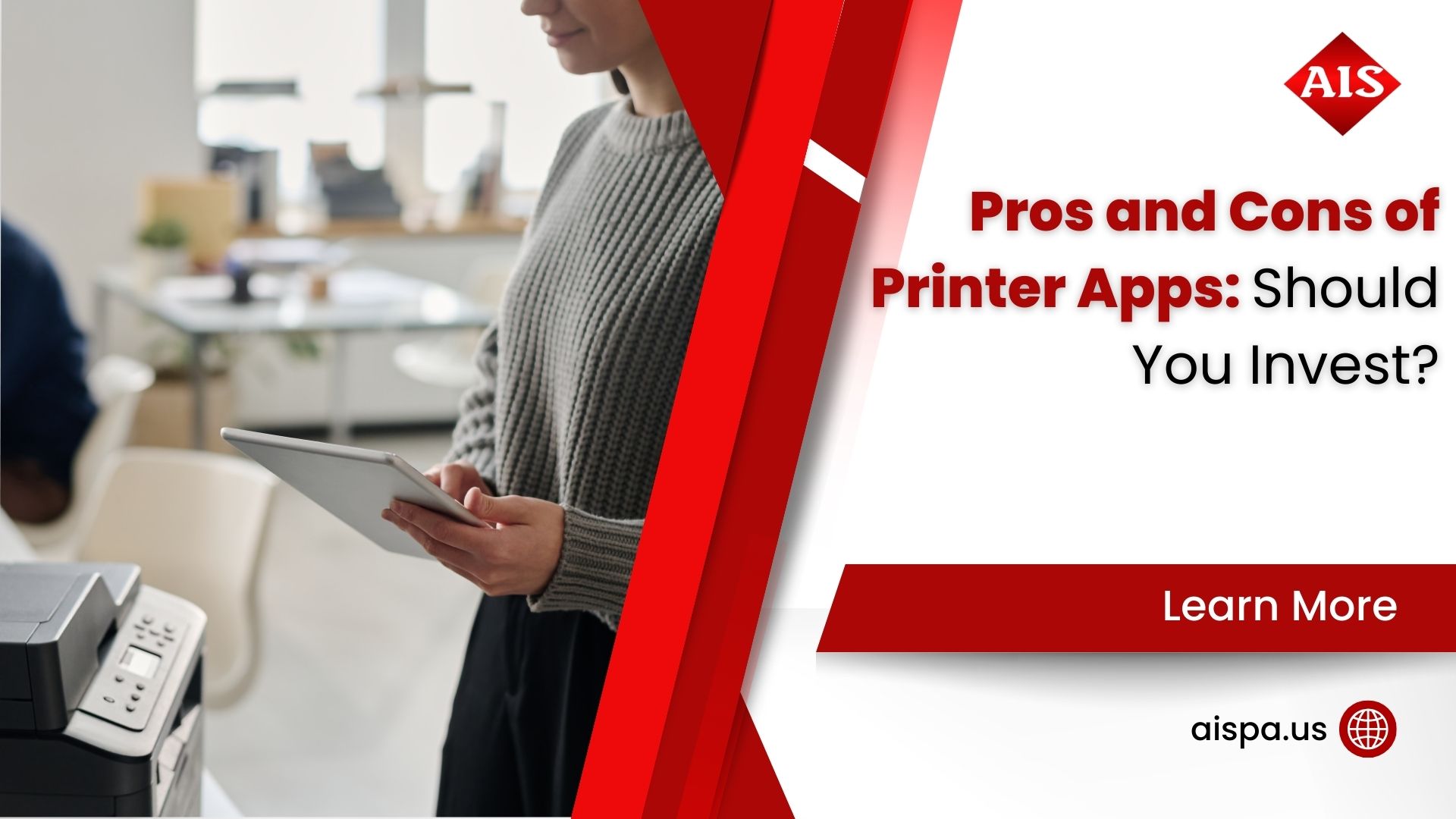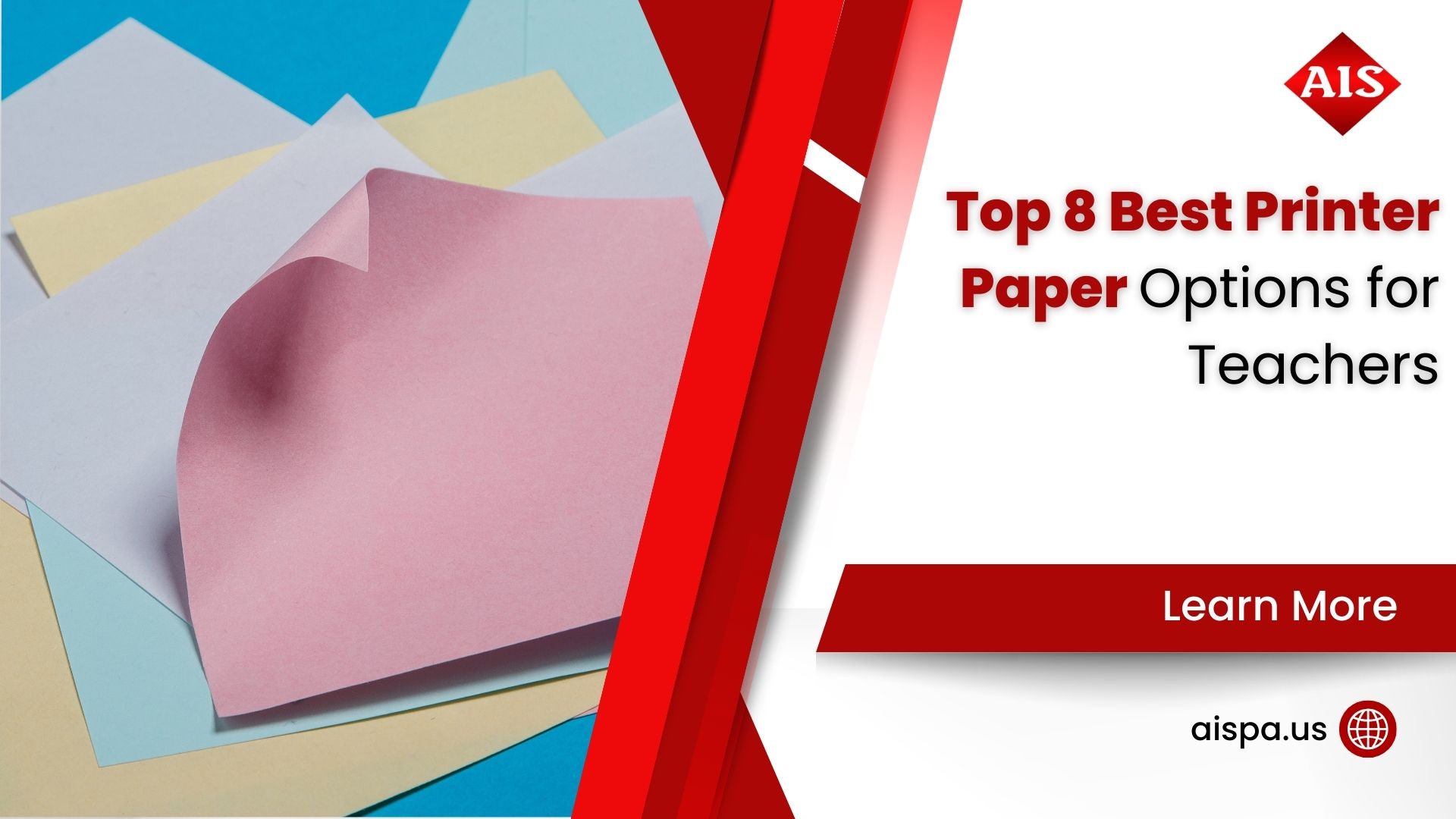Choosing the Right Paper: An Overview of Paper Types for Printing
When it comes to producing high-quality prints, choosing the right paper is essential. There are various paper types for printing, each with its own unique characteristics and suitability for different printing projects. Understanding the different types of paper and their qualities will help you make the best choice for your specific printing needs.
From glossy to matte, textured to smooth, the world of paper types for printing is vast and diverse. Factors such as weight, opacity, brightness, and finish all play a crucial role in determining the right paper for your printing project.
Whether you are looking to create vibrant, colorful brochures or elegant, understated business cards, the type of paper you choose can make a significant impact on the final result. Understanding the nuances of paper types for printing will empower you to make informed decisions and achieve the best possible outcome for your printing endeavors.
Overview of Paper Types for Printing
When it comes to printer paper, there are various factors to consider. Paper size and weight play a crucial role in determining the type of paper for your print job. The texture of the paper may also affect the final result. For instance, matte paper works well for everyday printing, while glossy paper is best for photo printing.
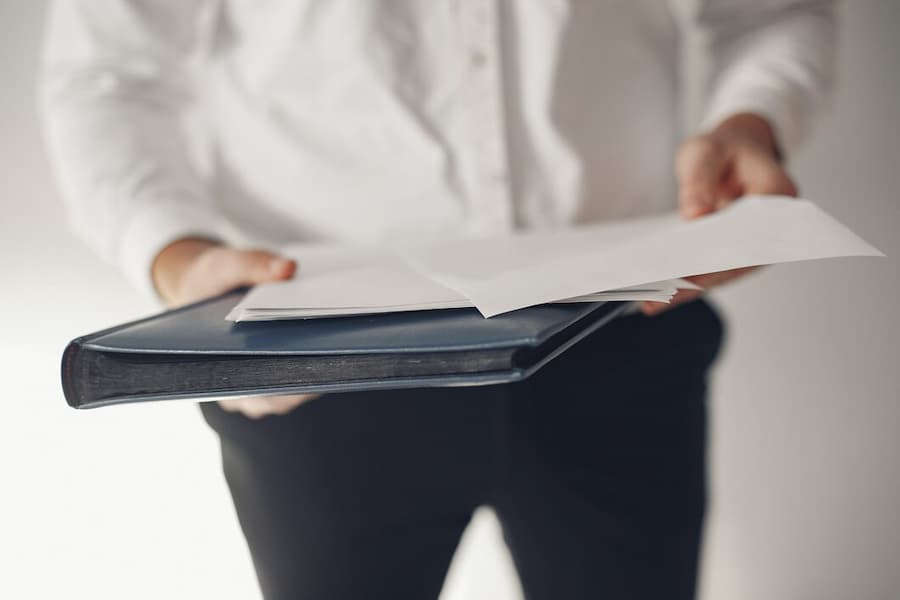
Paper weight is measured in terms of thickness, with thicker paper being ideal for double-sided printing. Whether it’s uncoated, coated, or specialty paper, each kind has its own unique features. Knowing about the various types of paper available can help you choose the ideal paper for your printing needs.
Different Types of Paper
When it comes to choosing the most suitable paper for your printing needs, it’s essential to consider the different types available. From copy paper to photo paper, the options are diverse. Coated paper, such as glossy finish or matte, is ideal for printing high-quality images, while uncoated paper, like bond or recycled, is often used for everyday printing. Inkjet paper is specifically designed for inkjet printers, while laser paper is best suited for laser printers.
Understanding the characteristics of each type of paper can make a significant difference in the quality of your printed documents. Whether you need a versatile type of paper for various purposes or a specific paper designed for a particular print job, knowing about the different types available can help you choose the best paper for your printing needs.
Paper Size and Weight
Now let’s delve into the fascinating world of paper size and weight. The size and weight of paper can greatly impact the outcome of your print documents. Different weights of paper can be used for various purposes, from the thin, delicate nature of tracing paper to the sturdiness of cover paper. Understanding the measurement of paper thickness and the common types of paper available will guide you in choosing the right paper type for your printing needs.
Consider the opacity of the paper, as well as the different weights that are designed for printing. Knowing about the different types of paper due to their weight and size will ensure you select the best paper type for your printing process.
Paper Texture
In the realm of paper, texture plays a crucial role in the overall look and feel of your printed materials. The texture of a sheet of paper can vary from smooth to rough, and everything in between. A common paper texture is known as “laid,” which has a ribbed texture that gives off a classic, elegant feel.
Another popular texture is “linen,” which resembles the look of linen fabric and adds a touch of sophistication to any printed piece. For a more modern and sleek appearance, “smooth” paper is a great choice. Each texture can significantly impact the perceived quality and style of your printed materials, so choosing the right paper texture is essential for achieving the desired aesthetic.
Types of Printing Papers
When it comes to the different types of printing paper, glossy papers, matte papers, and coated papers each have their own unique characteristics and uses. Glossy paper is often used for high-quality photo prints, as it provides a shiny, reflective finish that really makes images pop.

Matte paper, on the other hand, has a more subdued, non-reflective surface that is perfect for text-heavy documents. Coated paper is designed with a layer of coating to enhance color and detail reproduction, making it a popular choice for brochures and flyers. As a printing specialist, it’s important to understand these distinctions to choose the right paper for each print job.
Glossy Papers
Let’s dive into the world of glossy papers. Glossy paper is a type of paper that’s coated with a shiny, reflective finish. This type of printer paper is great for printing photographs, brochures, and other marketing materials because it enhances the vibrancy and sharpness of the images.
Gloss paper is one of the more common types of paper available, and it’s slightly heavier than regular paper. When choosing a paper for your printing needs, glossy paper is a great choice for a professional and polished look. Its light-reflecting properties make it a popular choice for printing projects where you want to make a strong visual impact.
Matte Papers
Matte papers offer a smooth, non-reflective finish that is perfect for printing projects requiring a more subtle look. This type of paper is typically used for printing text-heavy documents, such as reports, resumes, and presentations. Matte papers have a softer appearance compared to glossy papers, making them a popular choice for a variety of printing needs.
The paper is slightly thicker and heavier than other types of printing papers, and it is also commonly available in recycled options for those looking for an eco-friendly choice. Matte papers are known for their excellent color reproduction and are often the preferred choice for black and white printing due to their light-absorbing paper features.
Coated Papers
Coated papers offer a smooth, polished finish that provides a professional look to any printed material. This type of paper is light and typically made from thinner paper to ensure a sleek appearance. Coated papers include a layer of clay or other compounds that create a glossy, matte, or satin finish, depending on the desired effect.
The coating not only enhances the appearance of the printed image but also provides protection against ink absorption, resulting in sharper and more vibrant colors. When choosing the right printer paper, it’s essential to know about the different types of coated papers available and how they can elevate the quality of your printed materials.
Choosing the Right Paper
When considering the project, it’s important to understand the printing process. This will help you calculate the cost and choose the right paper for your needs. Understanding the different paper options available, such as bond paper and recycled paper, will guide you in selecting the kind of paper you need.
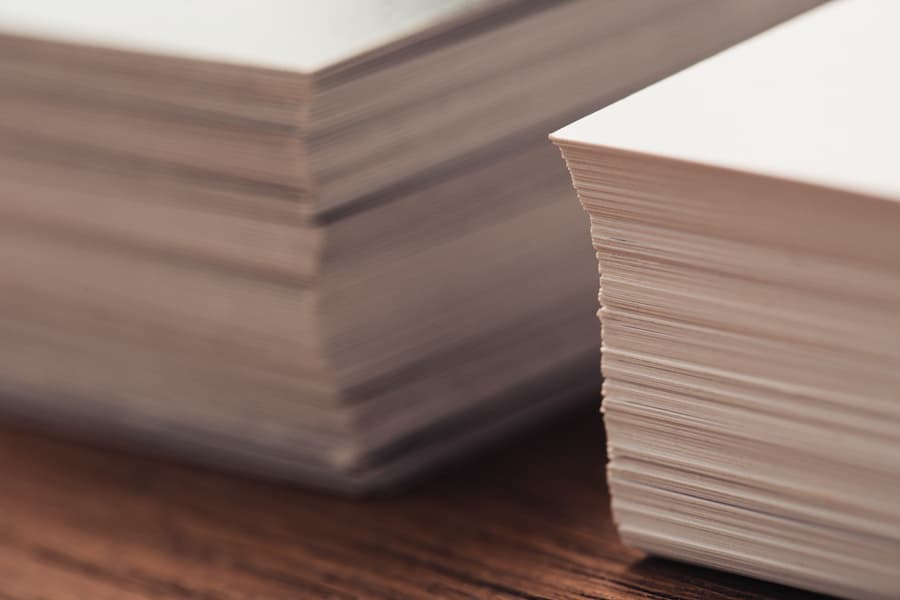
Knowing the measure of paper and having a paper weight guide will also be beneficial. It’s essential to familiarize yourself with the different printing paper types and the specifications of printer paper available. By considering the project, understanding the printing process, and calculating the cost, you can confidently select the perfect paper for your printing needs.
Consider the Project
Consider the Project
When selecting the right type of paper for your print project, it’s important to consider the specific requirements of the project. Are you creating a professional brochure, a vibrant poster, or a detailed report? Each project may require a different type of paper, depending on the desired look and feel.
For example, a premium business card may require a thicker, more durable paper, while a flyer for a community event may do well on a lighter weight paper. Understanding the intended purpose and audience of your project will guide you in selecting the perfect paper to make the right impression. By considering the project, you can ensure that your printed materials are a perfect fit for their intended use and audience.
Understand the Printing Process
As a printing specialist, understanding the printing process is crucial when choosing the right paper for a project. Consider the type of paper used and how it will interact with the printing process. Measure paper specifications and know the different types available to ensure the best fit for the project.
The paper used can greatly impact the final outcome, so understanding the printing process is essential. Take into account the printer paper specifications and how different types of paper made can affect the printing process. Understanding the printing process will also help calculate the cost, as it can determine the efficiency and quality of the final print.
Calculate the Cost
Consider the project when calculating the cost of paper. A high-quality paper may be more expensive, but it can elevate the overall look and feel of your project, leaving a lasting impression. Understand the printing process to determine the quantity of paper needed. If it’s a large print run, opting for a more affordable paper can help keep costs down. When calculating the cost, take into account the paper’s durability and finish.
A common type of paper that’s durable and has a professional finish can be a cost-effective choice. Keep in mind that the cost of paper includes more than just the purchase price; it also includes the potential impact on the overall quality and success of your project.
Common Paper Sizes
When it comes to common paper sizes, it’s important to consider the dimensions of letter size, legal size, and A4. These variations are essential for different types of documents and printing needs. Letter size is the standard for most documents, while legal size is longer and often used for contracts or official forms.
A4, on the other hand, is the international standard size and is commonly used outside of North America. Understanding the differences in these sizes is crucial for choosing the right paper for your specific print job. As a printing specialist, I can guide you through the various paper sizes and their specific uses.
Letter Size
Transitioning from choosing the right paper to understanding common paper sizes, let’s start with the widely used Letter Size. This standard paper size is commonly used for various printing needs, from business correspondence to flyers and brochures. Measuring 8.5 x 11 inches, it’s the go-to for most print jobs due to its versatility and widespread availability.
Whether you need to print important documents, promotional materials, or reports, Letter Size paper is the perfect choice. Its dimensions make it an ideal option for creating professional-looking prints that leave a lasting impression. When it comes to choosing the right type of paper for printing, Letter Size is a reliable and practical option that suits a wide range of printing needs.
Legal Size
Transitioning from choosing the right paper, let’s explore the different common paper sizes available. When it comes to legal size paper, you’re looking at a longer and narrower sheet compared to standard letter size. Legal size paper measures 8.5 x 14 inches, making it ideal for legal documents, contracts, and other professional documents that require extra space for content.
This size is often used for printing official documents and reports, providing a professional look and feel. Legal size paper is a staple in many offices and law firms due to its versatility and professional appearance. Understanding the various paper sizes available can help you select the perfect one for your specific print needs.
A4
Now, let’s delve into the A4 paper size, which is the standard paper size used in most countries for various printing needs. A4 paper measures 210mm x 297mm, making it slightly narrower and longer than the Letter size. It is known for its versatility and is commonly used for printing documents, reports, and letters.
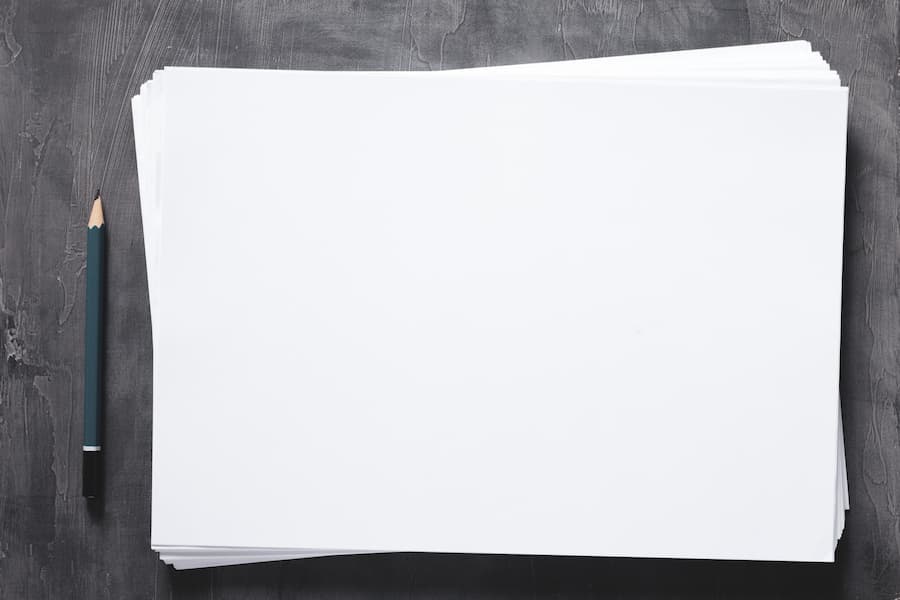
A4 paper is also the preferred size for creating professional presentations, brochures, and flyers. Its dimensions make it ideal for double-sided printing, allowing you to maximize space without compromising on readability. When considering the different types of printer paper available, the A4 size is a popular choice due to its compatibility with a wide range of printing tasks.
Specialty Papers
When it comes to specialty papers, there are a wide variety of options to choose from. Translucent papers offer a unique see-through quality, adding a touch of elegance to any project. Metallic papers provide a shimmering and reflective surface, perfect for adding a touch of luxury to invitations or announcements.
Recycled papers are not only environmentally friendly but also offer a natural and earthy feel to any printed material. Each of these options brings a different texture, visual appeal, and sustainability factor to your printing projects. As your expert guide to paper weights and different types of paper available, I can help you find the perfect specialty paper for your next project.
Translucent Papers
Now, let’s dive into the world of translucent papers. Imagine the soft, delicate texture of vellum as you hold it up to the light. Translucent papers offer a unique touch to any project, adding an ethereal quality that captures attention. These papers allow light to pass through, creating a subtle, elegant effect that is perfect for invitations, overlays, and other creative designs.
Whether you are looking to add a touch of sophistication to your next project or create a stunning visual impact, translucent papers are the perfect choice. Their subtle shimmer and delicate appearance make them a go-to option for those seeking to elevate their designs with a touch of understated elegance.
Metallic Papers
Transitioning from common paper sizes, let’s delve into the world of specialty papers. Metallic papers add a touch of sophistication and glamour to any project. These papers are infused with metallic pigments, creating a shimmering effect that catches the light and adds an extra dimension to your designs.
Whether you’re looking to make a statement with invitations, elevate your packaging with luxurious wrapping, or add a touch of elegance to your marketing materials, metallic papers are the perfect choice. Available in a range of stunning colors and finishes, these papers are designed to make your creations stand out and leave a lasting impression. Elevate your next project with the captivating allure of metallic papers.
Recycled Papers
Moving on to the realm of recycled papers, these sustainable options are a great choice for environmentally conscious projects. Recycled papers are made from post-consumer waste, reducing the demand for new raw materials and minimizing the environmental impact of paper production.
These papers come in a variety of textures and colors, offering a unique look and feel to your printed materials. Whether you’re looking for a rustic kraft paper for a natural aesthetic or a smooth white recycled stock for a clean and modern finish, there’s a recycled paper option to suit your needs. Not only do recycled papers contribute to a more sustainable planet, but they also add a touch of eco-friendly charm to any print project.
Paper Finishes
Let’s delve into the exciting world of paper finishes with a focus on UV coating, embossing, and foiling. UV coating adds a glossy, protective layer that enhances colors and provides durability. It’s perfect for making images and text pop off the page. Embossing, on the other hand, creates a raised, 3D effect by pressing designs into the paper.
It’s ideal for adding texture and depth to your prints. And who can forget about foiling? This luxurious finish adds a metallic or reflective sheen to specific areas, elevating the overall look and feel of your printed materials.
Uv Coating
Transitioning from the world of specialty papers, let’s delve into the realm of paper finishes. One of the most popular finishes for adding a touch of sophistication and protection to your printed materials is UV coating. This process involves applying a clear, liquid coating to the paper and then exposing it to ultraviolet light to cure and harden it.
The result is a glossy, high-shine finish that not only enhances the visual appeal of your printed piece but also provides durability and protection against wear and tear. UV coating is a versatile finish that can be applied to a variety of printed materials, from brochures and postcards to packaging and promotional materials.
Embossing
Now, let’s dive into the world of embossing. This process involves creating a raised design on the paper, adding a tactile and visual element that truly stands out. By using a metal die and heat, the paper is pressed to create a three-dimensional effect. Embossing can be used to highlight logos, text, or patterns, adding a touch of sophistication and elegance to any printed material.
This technique is often used for business cards, invitations, and packaging to give them a luxurious and professional look and feel. Embossed details catch the light and create depth, making your printed materials truly unforgettable. Whether you want to make a bold statement or add a subtle touch of refinement, embossing is the perfect way to elevate your printed materials.
Foiling
As we move on to the topic of foiling, imagine the luxurious shimmer of metallic accents catching the light on a printed piece. Foiling adds a touch of elegance and sophistication to any project, making it stand out with a dazzling effect. This process involves applying a thin layer of metallic or pigmented foil to the surface of the paper, creating a striking visual impact.
Foiling can be used to highlight specific design elements, add a sense of opulence to invitations, or elevate packaging with a touch of glamour. The result is a beautifully crafted piece that exudes luxury and refinement, making a lasting impression on anyone who sees it.
Conclusion
In conclusion, understanding the different characteristics of paper types is crucial for achieving the desired results in your printing projects. From the weight and size of the paper to the specific finish and specialty options, each element plays a significant role in the final outcome of your printed materials. By carefully considering the diverse range of papers available, you can ensure that your printing needs are met with the utmost precision and quality.
Whether you are looking for a sleek, professional finish or a more textured, artistic result, there is a paper type that will perfectly complement your vision. By familiarizing yourself with the various options and their unique attributes, you can confidently select the ideal paper for your specific printing requirements. With the right paper, you can elevate the impact of your printed materials and achieve the professional, polished look you desire.
For more information and services you can contact us for a free quote and estimation.
- Address: 165 Veterans Way, Warminster, PA 18974
- Email: sales@aispa.us
- Call Us: (215) 999-8445




